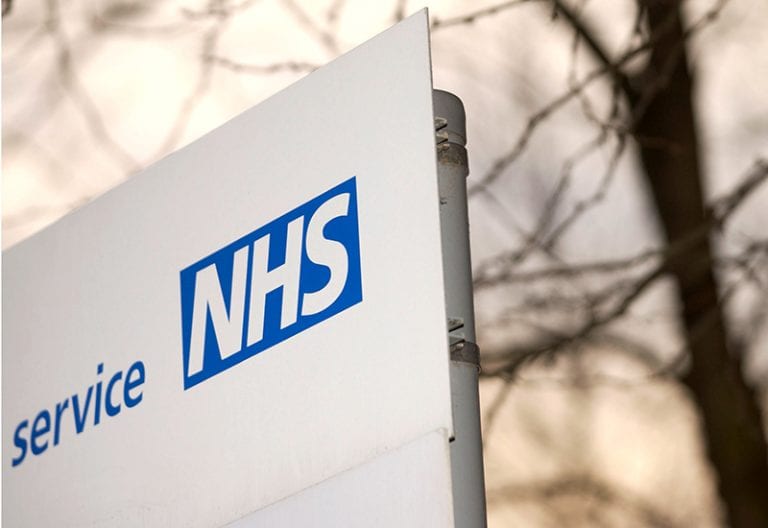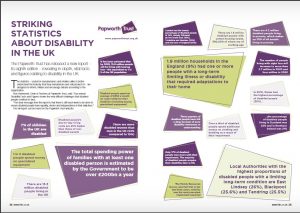Similar Posts
Independent write up highlights the advantages of the Treat Eezi
A recent newsletter written by Carehome.co.uk further proves the effectiveness of the Treat Eezi product and how beneficial it is for all Care Homes! Read the article here : http://www.carehome.co.uk/news/article.cfm/id/1568394/bed-sores-ultrasonic-research

Lecture at Royal College of Nursing
Excited to report Derek will be lecturing at Royal College of Nursing, Central London on Tuesday 14th June https://www.rcn.org.uk/ about “Capillary Blood flow & Shearing in relation to the Treat Eezi” following the successful Stage 3 & 4 clinical trial results at NHS Central London Community Healthcare. It has taken such a very…
Pressure Mapping Test results
We are happy to report further pressure mapping tests have been completed, this time on a patient seated rather than in a supine position. Two tests were conducted with the Treat Eezi resting on standard foam and reflection foam, both results were impressive : Pressure Mapping Test Results in Buckingham Tilt & Space Recliner Chair (Aged:…
Wounds cost the NHS £5 billion per annum!!!!!!!
A recently published CATALYST study showed that the NHS is managing approximately 2.2 million wounds per annum at an estimated cost to the NHS of £5 billion (comparable to obesity). Of these, it was estimated that 1.3 million wounds heal (60%) and 0.9 million remain unhealed (40%), although the annual cost of managing the healed…

Treat-Eezi. Important Recognition from Your-Turn Organisation
Great news & recognition for Treat-Eezi coming from Claire James, Director at Your Turn, the organization who campaign to prevent pressure ulcers through education and training throughout the NHS and the private sector. http://www.your-turn.org.uk/index.php/news/treat-eezi-products-achieve-notable-results/

EXCLUSIVE RESEARCH: How much NHS bed blocking is down to community equipment delays?
Hospital patients waiting for community equipment or for their homes to be adapted caused nearly 45,000 days’ worth of bed blocking in the 12 months to November 2018, NHS England figures show. The equivalent of 123 beds per month across NHS trusts in England was blocked because patients had to wait for community equipment…

